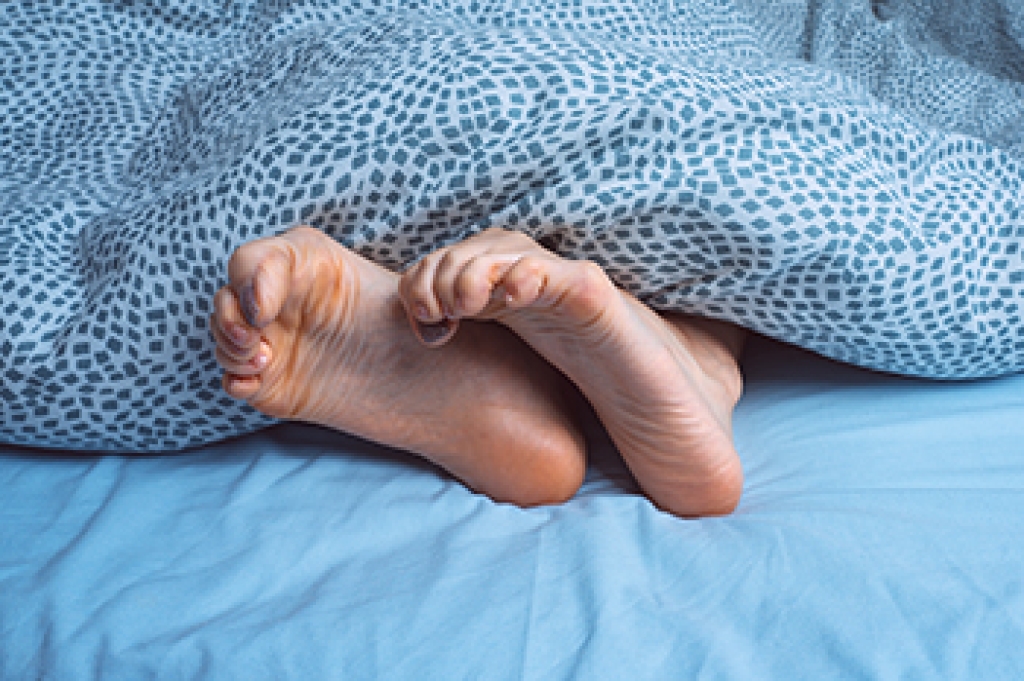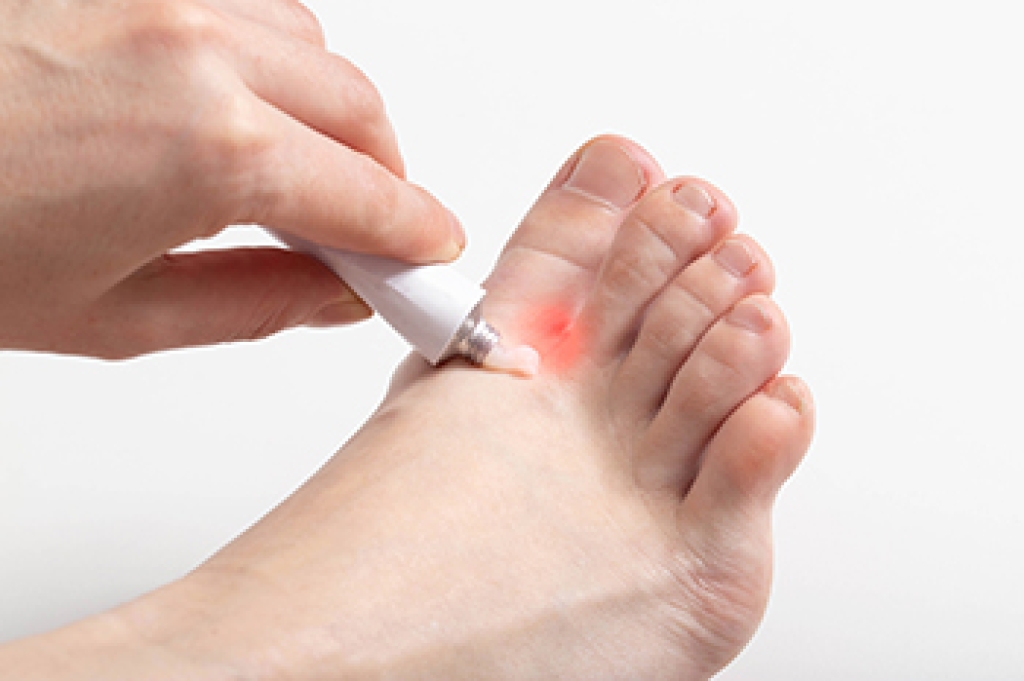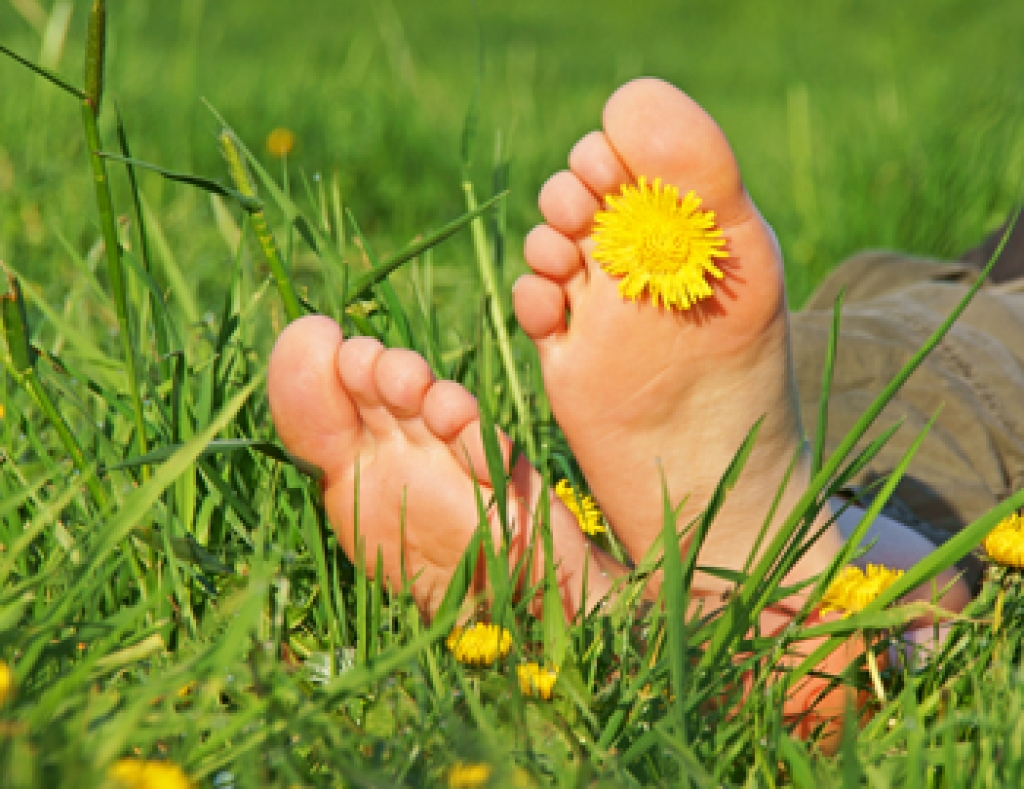
Foot cramps can strike suddenly, causing intense pain and discomfort. Understanding the common triggers behind these cramps can help individuals better manage and prevent them. Dehydration often plays a significant role, as inadequate fluid intake can lead to electrolyte imbalances, triggering muscle spasms. Overuse or strain of the foot muscles, particularly during activities like exercise or prolonged standing, can also result in cramping. Furthermore, poor footwear choices, such as shoes that are too tight or lack proper support, can contribute to muscle tension and cramping. Electrolyte deficiencies, particularly in minerals like potassium, magnesium, and calcium, may also predispose individuals to foot cramps. Additionally, certain medical conditions, such as diabetes or peripheral artery disease, can increase the likelihood of experiencing cramps due to nerve or circulation issues. Foot cramps can be uncomfortable, and if you are experiencing this type of foot pain, it is strongly suggested that you consult a chiropodist who can determine what the reason is, and offer you treatment solutions.
Foot pain can have many causes. To receive an accurate diagnosis and treatment for your foot pain, please consult with one of the specialists from Thornhill Foot Clinic. Our chiropodists will assess your condition and provide you with quality foot and ankle treatment.
Causes
There are a variety of different conditions that can cause foot pain, including:
- Plantar fasciitis
- Deformities, such as bunions or hammertoes
- Injuries to the muscles, bones, tendons, or ligaments in the feet
- Arthritis
- Flat feet
- Ingrown toenails
Symptoms
The type and location of your foot pain can help determine what may be causing it and what type of treatment options are best for you.
Common types of foot pain include:
- Heel pain
- Arch pain
- Toe pain
- Ball of foot pain
- Pain that has a stabbing, burning, or tingling quality
- Pain that is constant, intermittent, or that gets better or worse depending on the situation
Diagnosis
A thorough medical history and physical examination of your feet will be required to determine a diagnosis. Imaging studies, such as X-rays or MRIs may be performed to rule out or confirm certain diagnoses.
Treatment
Treatment will depend on the cause of the pain. Common treatments for foot pain include resting, icing, compressing, and elevating the affected foot, wearing orthotics, or taking anti-inflammatory medications.
If you have any questions, please feel free to contact our office located in . We offer the newest diagnostic and treatment technologies for all your foot care needs.



